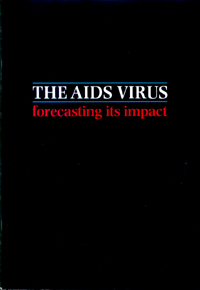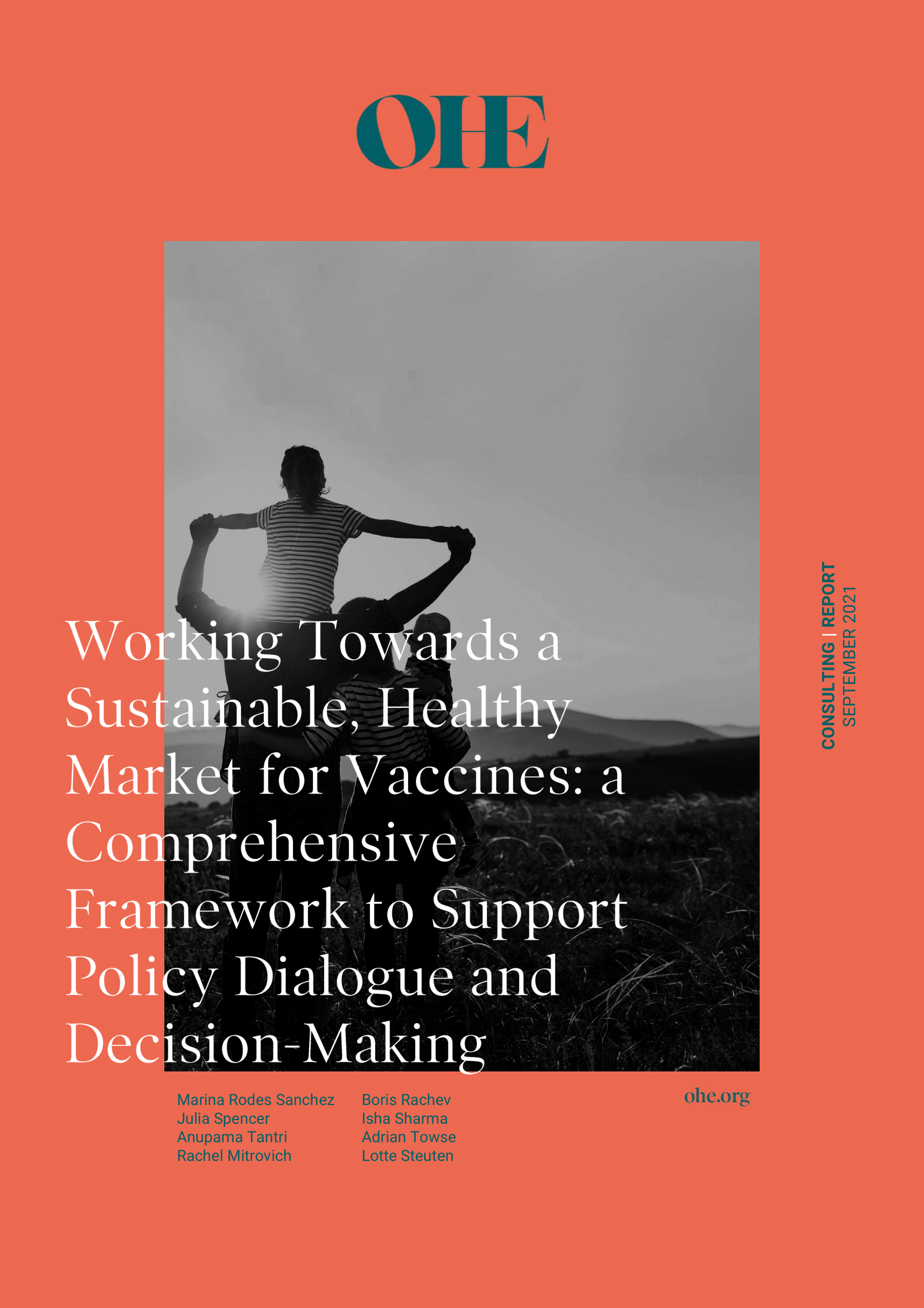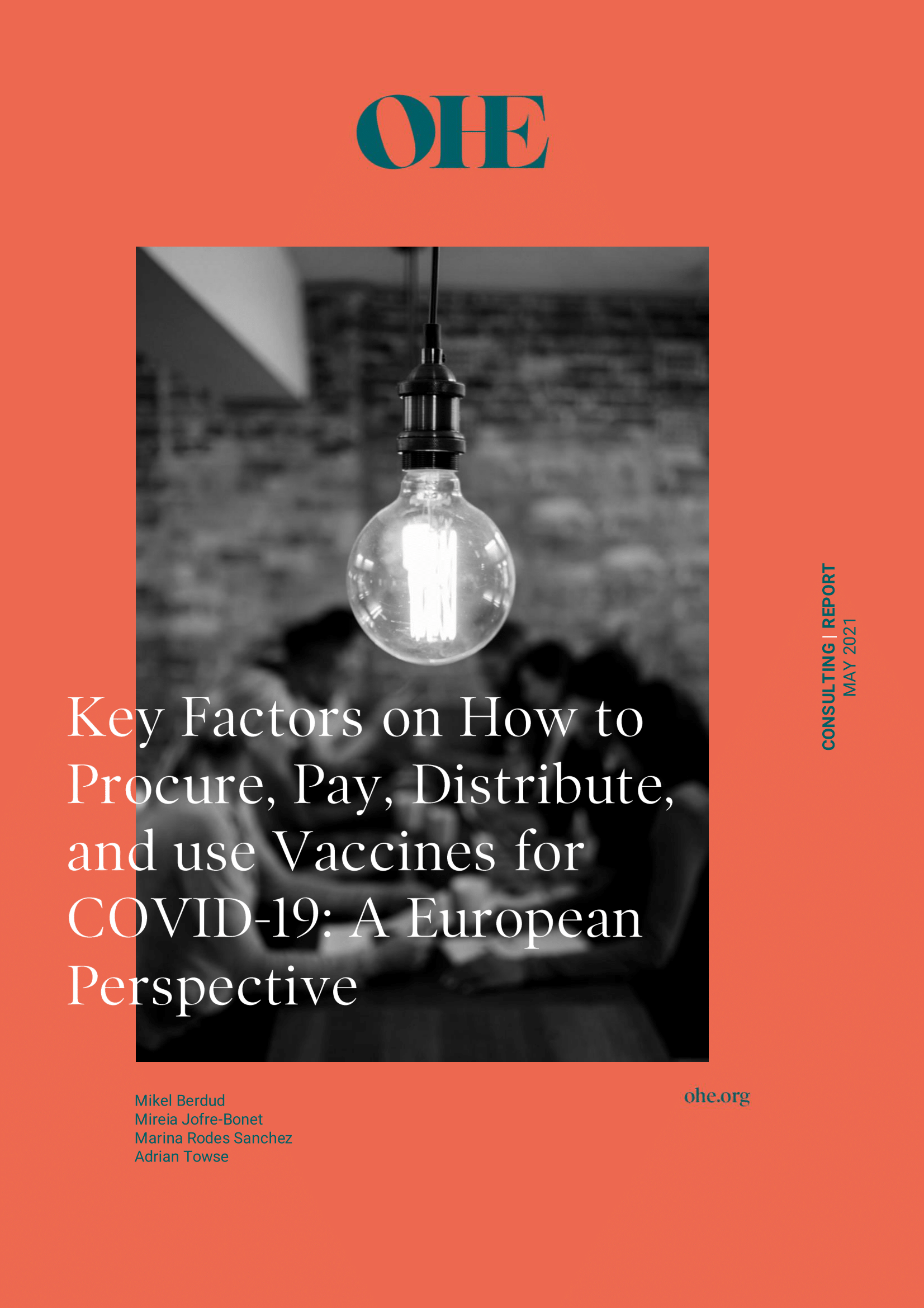Sign up to our newsletter Subscribe
Analysing Global Immunisation Expenditure

In purely quantitative terms, acquired immune deficiency syndrome (AIDS) might not appear to have warranted the remarkable amount of attention it has attracted since 1982. By the end of October 1986 a total of just 548 cases of AIDS in the UK had…
In purely quantitative terms, acquired immune deficiency syndrome (AIDS) might not appear to have warranted the remarkable amount of attention it has attracted since 1982. By the end of October 1986 a total of just 548 cases of AIDS in the UK had been reported to the Communicable Disease Surveillance Centre. This sum pales in comparison with the contemporary incidence of respiratory tuberculosis – equally a scourge of mankind that is now, and for some time has been, ‘under control’. Over the period from the beginning of 1982 to the end of the third quarter of 1986, it may be estimated that officially notified cases of respiratory tuberculosis exceeded 20,000. Furthermore, at a superficial level, AIDS might appear to be of only limited relevance to most of the population – almost 90 per cent of cases in the UK have occurred among homosexual or bisexual males. AIDS is also geographically highly concentrated – nearly 80 per cent of cases to date have been reported by clinics in the four Thames Regions of the National Health Service (CDSC 1986).
Yet aside from the extensive and sometimes sensational reporting of the problem in the general media, AIDS is viewed by health professionals and others as a significant threat to the well-being of the community. Parallels have even been drawn with the syphilis epidemic that swept through Europe towards the end of the 15th century. It has also been referred to as the 20th century equivalent of the Black Death. More prosaically, but with no less concern, the Chief Medical Officer of the Department of Health and Social
Security has warned that ‘controlling the spread of infection must be regarded as an issue of prime importance to the future of the nation’ (Acheson 1986).
Reconciliation of the two seemingly conflicting perspectives outlined above is. however, straightforward. AIDS is a new disease in man that is invariably lethal. Effective vaccines and treatments do not exist and the number of cases has increased alarmingly since
AIDS emerged at the start of the 1980s. In the UK the total number of cases reported by the end of 1985 (273) has doubled during the first 10 months of 1986. In the United States 26.566 cases had accumulated by 20th October 1986 – an increase of 10.000 over the total recorded at the start of the year.
Furthermore, to focus on AIDS alone is to paint an incomplete picture. The causative agent, now known as human immunodeficiency virus (HIV), is responsible for a spectrum of illnesses. Indeed, current estimates suggest that in the UK probably 60 times more people are infected with the virus than have AIDS. Until recently, evidence from epidemiological studies broadly indicated that only about 10 per cent of those infected progressed to AIDS as officially defined by the onset of certain opportunistic infections and other clinical markers (Smithies 1986). A further 26 per cent developed AIDS related symptoms but the majority generally appeared to remain well, experiencing only transient, if any, overt illness. However, new information about the virus and its consequences is emerging continuously and indicates that an increasing proportion of those infected are showing signs of serious illness. In addition, it is becoming evident that HIV may be associated with a wider spectrum of outcomes than initially suspected. It is now recognised, for example, that the virus may cause neurological impairment irrespective of the damage to the immune defence system that underlies AIDS.
The potential spread of HIV is a source of considerable alarm. To date the virus has been predominantly seen in a limited number of high risk groups – homosexual males, intravenous drug abusers and haemophiliacs. The overall prevalence of infection among these groups is not accurately known. Information is nevertheless available from the testing of specimens referred from sexually transmitted disease clinics, from treatment centres for haemophilia and from some physicians treating intravenous drug abusers. In the UK, Jesson and his colleagues (1986) found antibodies to HIV among 21 per cent of identified homosexual clinic attenders in their 1984/85 sample. The figures for intravenous drug abusers and haemophiliacs were 10 per cent and 31 per cent respectively. Subsequent investigations have suggested that for some groups these proportions may now be significantly higher.
At the same time, there is growing concern that HIV could spread into the general population. It has become increasingly evident that HIV is in essence a sexually transmitted infection (Pinching 1986a) and it is feared that the sexual activities of certain groups such as bisexual males and intravenous drug abusers could pave the way for a broader dissemination of the virus. Heterosexual transmission is widely regarded as the explanation for the similar prevalence among males and females in Africa. In the
United States between three and four per cent of the current AIDS case load may already be due to this means of spread (Pinching 1986). Against this background, there have been a series of alarming predictions about the magnitude of the future burden of HIV on the community in general and the health services in particular. The objective of this paper is to assess the validity of these forecasts and to explore the potential for containing the spread of the virus.
AIDS Virus: Forecasting Its Impact
Wells, N.
(1986) AIDS Virus: Forecasting Its Impact. OHE Series on Health. Available from https://www.ohe.org/publications/aids-virus-forecasting-its-impact/

